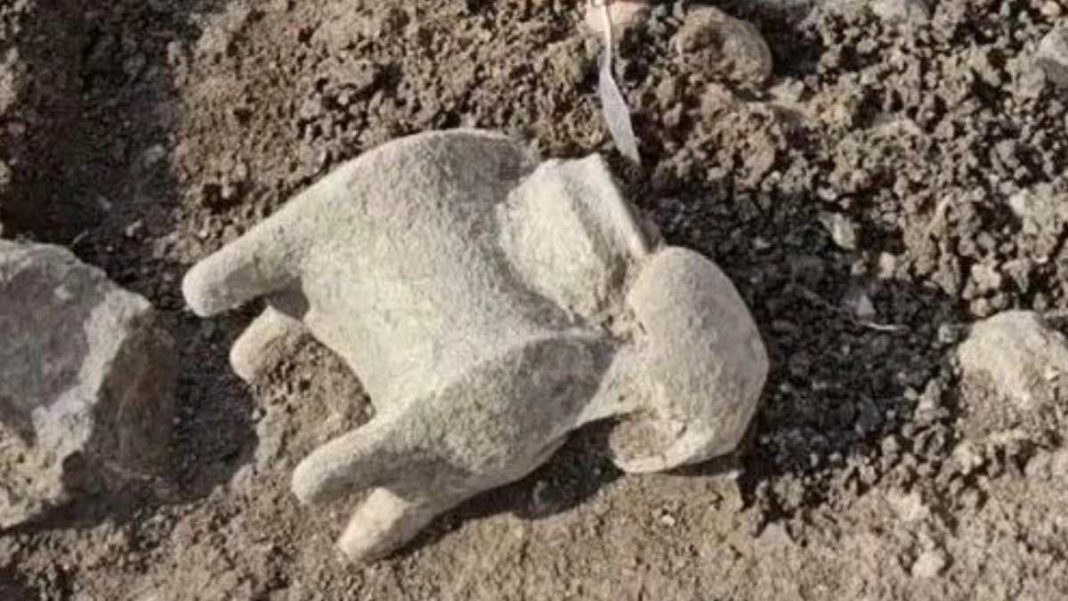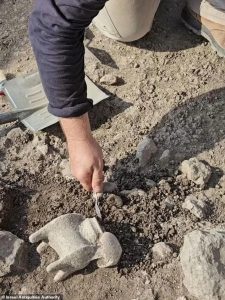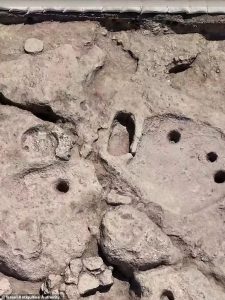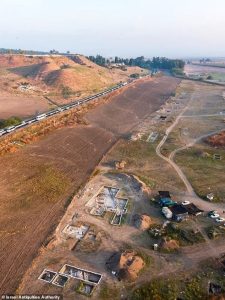Key Takeaways
- Archaeologists discovered 3,300-year-old Canaanite ritual artifacts at Tel Megiddo, the biblical Armageddon
- A complete ram-shaped ritual vessel and miniature shrine reveal ancient religious practices
- A 5,000-year-old winepress confirms early wine production at the dawn of urbanization
- Findings show Megiddo was both a strategic fortress and religious center
Archaeologists have uncovered compelling evidence of ancient Canaanite rituals at Tel Megiddo, the biblical site prophesied as Armageddon – the final battleground between good and evil. The discoveries include remarkably preserved 3,300-year-old artifacts that shed new light on religious practices outside the city’s main temple complex.
Ancient Ritual Artifacts Discovered
Excavations in Israel’s Jezreel Valley revealed a miniature ceramic shrine and a complete zoomorphic ritual vessel shaped like a ram. The Canaanites, indigenous people of the Levant spanning modern-day Israel, Palestine, Lebanon and parts of Syria and Jordan, created these artifacts as the original inhabitants of the ‘Promised Land.’
A burial area within sight of Tel Megiddo’s large temple complex suggests local farmers conducted rituals beyond the city walls, indicating a folk cult operating separately from the main religious establishment.
Megiddo’s Strategic Significance
Tel Megiddo served as a powerful fortress controlling vital trade routes for thousands of years. This artificial hill contains over 30 layers of civilizations dating back to 4500-3500 BCE. While the artifacts don’t prove biblical events literally occurred, they demonstrate Megiddo was a center of ritual activity even outside its fortified core.
The combination of religious practices beyond city walls with massive fortifications mirrors the biblical portrayal of Armageddon as a strategic spiritual battleground.
Groundbreaking Wine Production Evidence
Researchers uncovered a 5,000-year-old hewn winepress, among the oldest ever found in Israel, confirming early inhabitants produced wine at urbanization’s dawn. Residential buildings showed the winepress played a central community role, indicating Megiddo expanded far beyond the known tel boundaries.
These findings reveal a city where ritual, civic organization and strategic power intersected, offering tangible insight into social and spiritual life that later inspired biblical imagery.
Ritual Vessel Function Revealed
Researchers believe the ritual vessels served in libation ceremonies where milk, wine or oil was poured, likely by farmers without temple access who made offerings at open-air altars. The intact state of the ram-shaped vessel is unprecedented in the region.
‘A small bowl attached to the ram’s body functioned as a funnel, while another handled bowl was likely used to pour the liquid into it during the ceremony,’ the researchers explained. ‘The ram’s head was shaped like a spout. Once filled, tilting the ram forward spilled the liquid from its mouth into a small bowl placed before it.’
The vessel was designed for pouring valuable liquids that could be drunk directly, poured into smaller vessels, or offered as votive gifts.
Significance of Discoveries
Excavation directors Dr Amir Golani and Barak Tzin described the winepress as a ‘smoking gun’ for early wine production, confirming previous indirect evidence. The ritual finds illuminate a Canaanite folk cult operating outside the city’s sacred complex.
Eli Escusido, IAA Director, called the discoveries a national treasure that reveals thousands of years of daily life, beliefs and urban development in the Jezreel Valley through layer-by-layer excavation.








